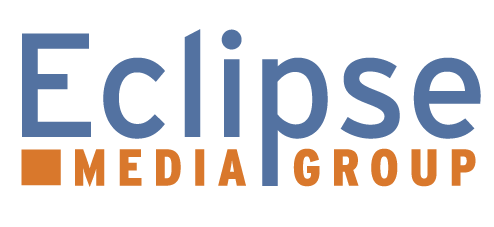How small companies can earn big media attention

By Chelsie Woods
A common misconception amongst many small businesses is that to generate meaningful media and marketing opportunities you need to spend a lot of money or be connected to a well-known brand. These are simply not true. In fact, there are many small companies who have been able to make a strong name for themselves without the backing of a large well-known corporate name and unlimited marketing funds.
This misconception exists because many of us are led to believe that bigger is always better. For example, the bigger the company, the better the story. Or the more advertising or marketing money spent, the greater the visibility.
There is something to be said for the small, yet agile business with a creative approach to marketing. Oftentimes, small businesses can come off as being more human and in tune with their customers, with company leaders who are readily accessible for media interviews, who are often willing to share personal stories and experiences, and who have to take a bootstrap approach to business and marketing.
When size is a challenge – both in terms of budget and business size – there are a few marketing and PR approaches that you can take to easily overcome these issues and generate positive results comparable to that of a larger company.
Leverage your small business story
When pitching the media, small businesses and small business owners should consider leveraging their unique story as much as possible. This can include a storyline focusing on the back story about how a start-up came to be, or what brought a pair of business partners together to create a new business venture. Many reporters actually appreciate these types of stories and the opportunity to in turn share them with their readers because they are easily relatable to the everyday person. People like to read stories about their peers, such as a story about a company started in someone’s garage and today has grown into a successful business with employees and products people want to buy.
Repurpose your content
Just because your public relations and marketing budget does not include unlimited spending for content development does not mean creating new content is impossible. Look at ways to leverage your existing content and to turn it into new articles, such as a blog, white paper or thought leadership article. For example, has your company recently developed a comprehensive white paper? Take a look at how that content might be broken into smaller content pieces that can be used as part of your company blog. Or you can take the reverse approach and take smaller content pieces with a similar theme and stitch them together to create a larger white paper that current and potential customers can download.
Turn to social media to maximize reach
One of the best things about social media is that it is free, so it makes sense that businesses should leverage this platform as much as possible to generate leads and new opportunities. Social media, when used to its full potential, can help attract new customers and maintain a relationship with existing customers. LinkedIn, Twitter and Instagram provide an avenue to tell the story of your business by enabling you to highlight employees, promote products and services on a platform where you can control the messaging and track the response. Do you have a new project win that you want to tell your customers about? Consider sharing this news on LinkedIn with a simple photo of the project, a few details and the contact information of the salesperson.
In summary, small companies can use flexibility and agility to their benefit, leveraging your story and maximizing your reach on social media. Unlike larger corporations, small companies have the ability to adapt quicker and pivot when needed to enhance media coverage.
